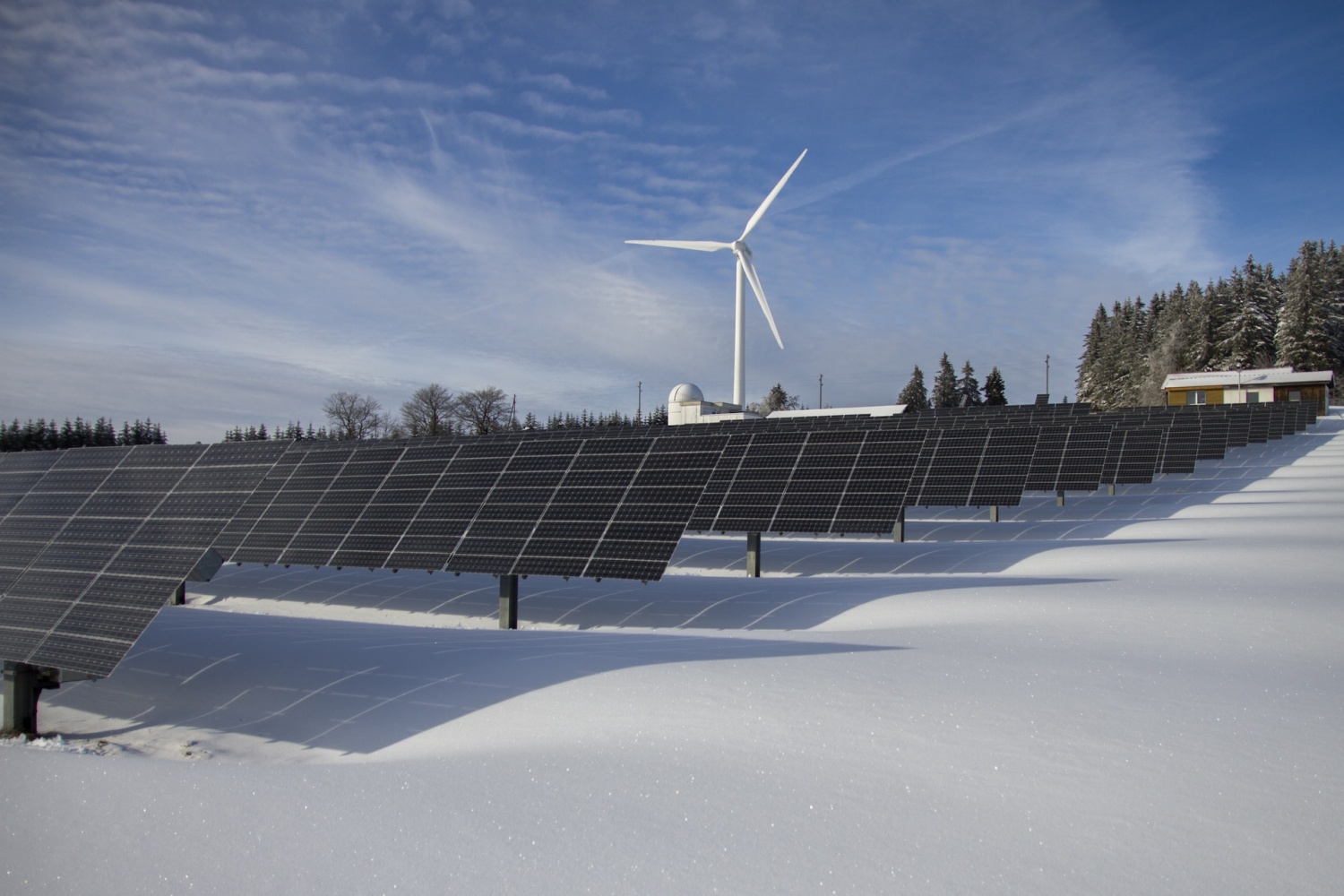
For years, one of the major drawbacks of the renewable energy sector has been a lack of efficiency. Critics argue that the costs involved in creation do not match up with the level of efficiency provided. Solar panels are often attacked by anti-renewable energy groups, claiming they are incredibly wasteful. And for years, this argument was valid - multi-layer solar cells have been producing less than 50% efficiency in the past.
However, research groups are working towards ensuring that solar cells can reach at least 50% efficiency. If possible, it could produce a significant argument against inefficiency claims. Efficiency is one of the buzzwords that is focused on in the development of any renewable source of energy.
And it is easy to see why; the costs involved in setup and installation mean many consumers want to know they are seeing a reasonable, affordable return on investment in time.
Today, commercial solar panels made from silicon typically have an efficiency rating of just 20%. However, the heavier the material, the more robust the solar cell, and the more expensive they are to make. This goes double for solar energy panels, which are used on satellites. The size and weight of the solar panel determine how efficient it will be in many cases; the heavier they are, the more expensive the satellite is to build, launch, and maintain.
What is the solution to increasing solar panel efficiency?
Many solutions are proposed. One of the first is to try and find a material that allows for the right absorption level. One common suggestion is to use highly absorbent materials that take in all of the radiation from the Sun itself, such as mercury telluride. However, this can only produce fractional amounts of energy for every photon absorbed, meaning it would have comparatively minor amounts of power.
Another option is to use a semiconductor with a more absorbent profile. One common choice for this 'sweet spot' material would be gallium arsenide, which is used in many modern technologies. However, even the best gallium arsenide equipment can only reach an efficiency level of around 25%.
More gains could be made by simply packing more semiconductors alongside one another, which has been used for decades. Some solar panels with numerous semiconductors can now hit energy rates of around 47%.
Another is to focus on improving aspects of Enterprise Project Management, with tools such as Sitetracker providing tools for project management in the solar panel deployment industry being widely available. This would help for more efficient development of solar panels being fitted and installed.
Though this would not directly improve how the panels are built and how efficient they are, it could speed up setup and installation to help reduce costs and time on this particular side of solar panel installation.
So, there is no great consensus at the moment on how to best improve solar panel efficiency. There is no' perfect' answer, whether it comes from simply finding ways to be more efficient in the installation side of things so more panels can be fitted or finding better materials to build the panels from.
At the moment, though, we are moving ever closer to that much-desired 'sweet spot' of around 50% efficiency. When we reach that spot, and it becomes commercially viable, it would provide a meaningful riposte to arguments against the use of renewables.
* This is a contributed article and this content does not necessarily represent the views of techtimes.com









